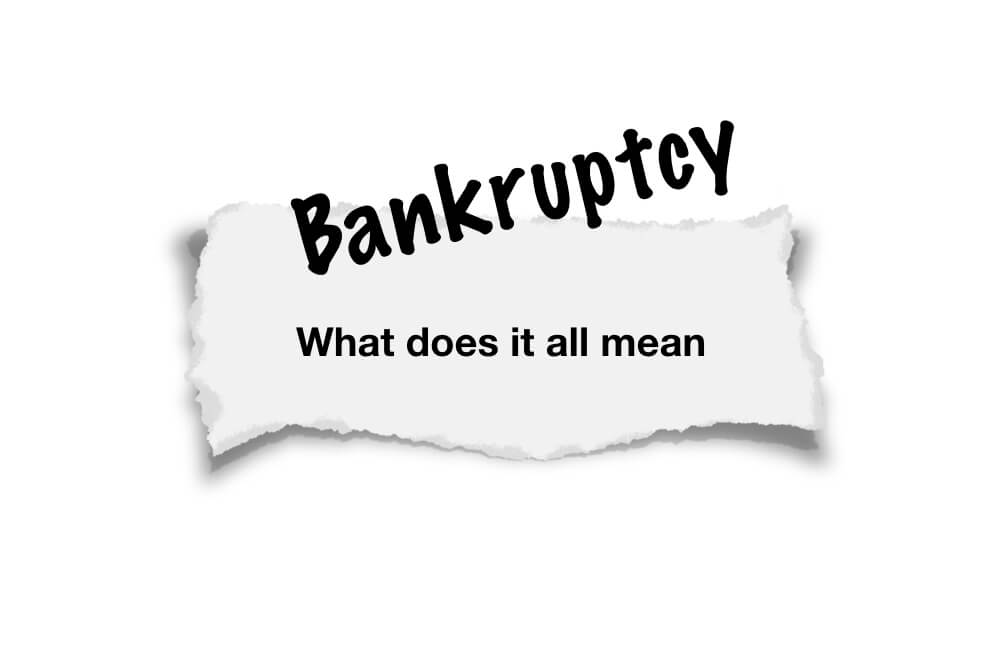There are several different chapters in the United States Bankruptcy Code which allow for different types of debt relief for different types of individuals and enteritis.
The bankruptcy “chapters,” as they currently exist are 7, 9, 11, 12, 13, and 15.
No, that’s not a fibonacci sequence, those are the actual chapter numbers in Title 11, United States Code.
The primary chapters on which this page will focus are:
Chapter 7– Sometimes called a “personal bankruptcy” case.
Chapter 13 – Individual Reorganization.
This page provides a basic roadmap to help in making your determination on where to at least look to determine if you need to file bankruptcy and, if so, under which bankruptcy chapter. More details on each Chapter can be found through the links below to my pages on each individual Chapter.
Which Bankruptcy Chapter Should You File?
A) Are you a corporation or partnership? If so, your only options are Chapter 7 or Chapter 11 (corporations and partnerships cannot file Chapter 13).
B) Are you an individual or married couple? If so, any chapter may work for you depending on your circumstances and you should review each Chapter or schedule a consultation to have your options evaluated and explained.
Chapter 7 Bankruptcy
“Personal Bankruptcy”, “Straight Bankruptcy,” “Bankruptcy Liquidation”
Chapter 7 can be used by individuals or businesses but accomplishes different things for each. Individuals can discharge their debts in a Chapter 7, but corporations cannot.
In general, Chapter 7 is the least expensive and quickest bankruptcy. It allows you to:
- Discharge your debts (those that are dischargeable) without doing any repayment.
- Remove certain judgment liens against property
- Takes a total of 4-5 months in most cases.
Some risks and problems with Chapter 7 are:
- While it is usually not an issue, in some cases your assets may be at risk, depending on their value and whether you have enough exemptions available to protect them.
- You may not be eligible for Chapter 7 if your income presently, or for the 6 months prior to filing is too high.
In Chapter 7 you do not make any payments to your creditors, but the trade-off is that if you have assets with values beyond the exemption limits of the applicable state or federal law in your case, the Chapter 7 Trustee can sell those assets to pay your creditors.
A qualified bankruptcy attorney can determine which exemption laws apply and whether your assets would be at any risk of being sold.
Contact the office for a free consultation.
Chapter 13 Bankruptcy
Reorganization/debt repayment for individuals with “regular income”.
Chapter 13 does everything a Chapter 7 does but gives more options. Chapter 13 is more expensive and takes longer to receive a discharge of debts.
In Chapter 13 you may:
- Keep all your assets
- Remove certain liens against property (judgment liens and also sometimes junior mortgage liens)
- Catch up on past due payments on mortgages
- Make payments according to your budget and pay anywhere from 0-100% of your unsecured debts over 36-60 months at 0% interest.
- Contact the office for a free consultation
.
How To Decide Which Chapter Is For You
Ultimately, the answer is to have a comprehensive consultation with an experienced bankruptcy attorney, because it is a very complex analysis which takes into account a lot of different factors, as shown above.

